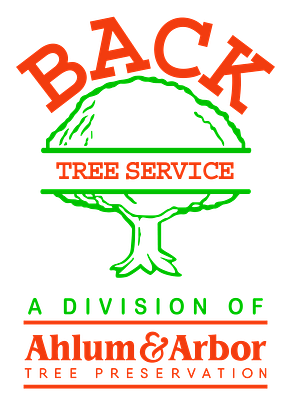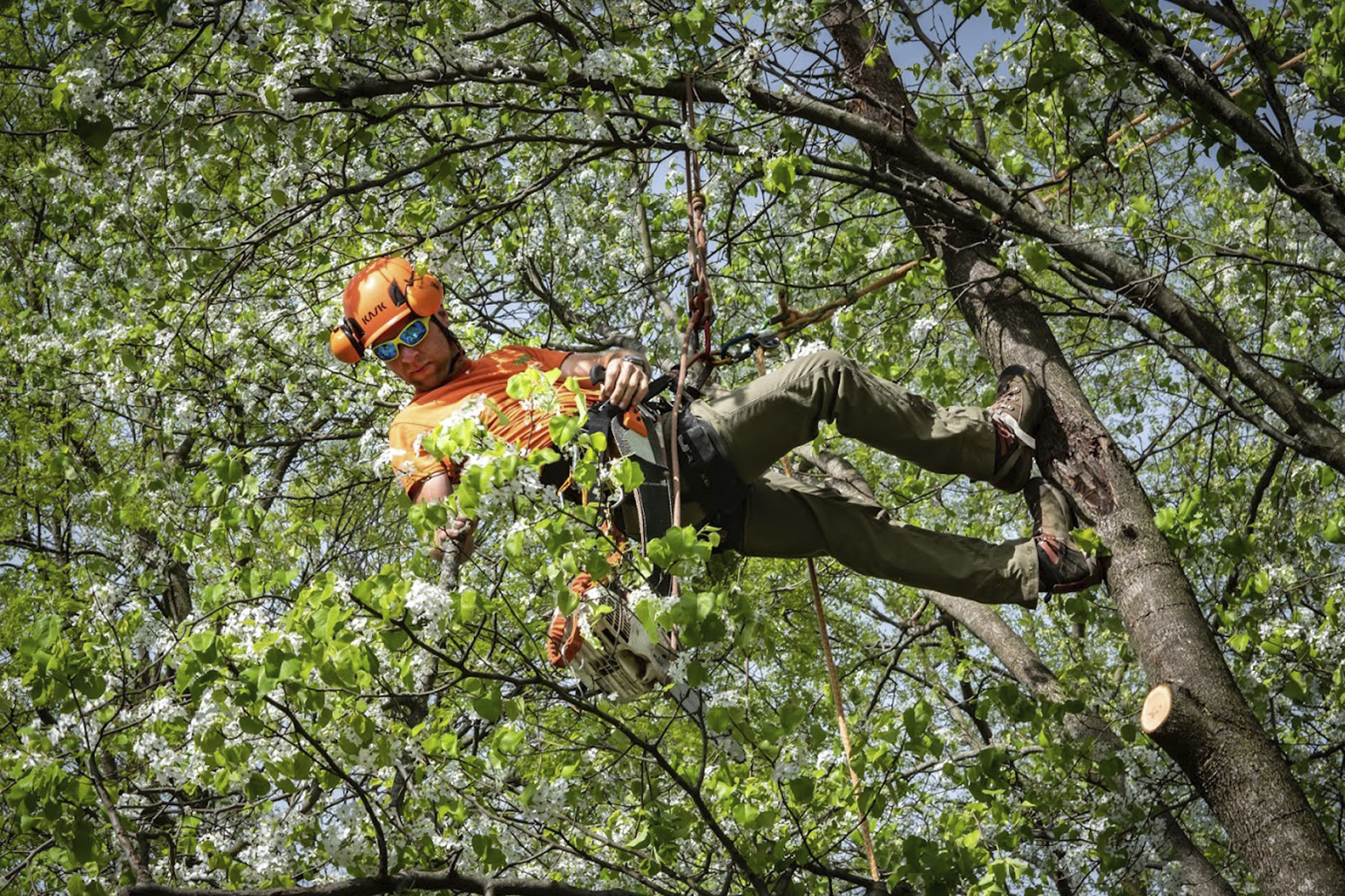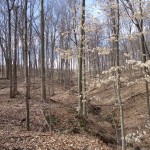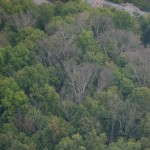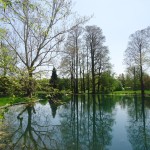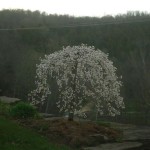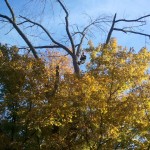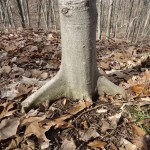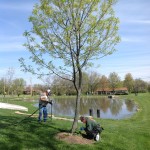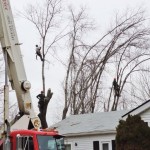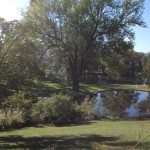We Offer a Variety of Services
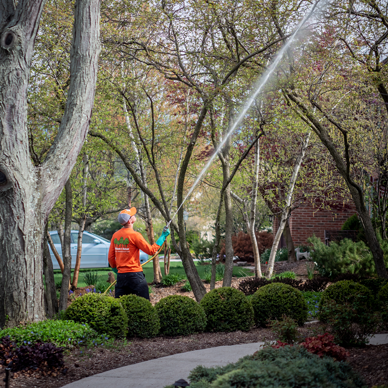
Trusted Arborist in Cincinnati, Ohio
We are thrilled to announce that Back Tree Service has become a division of Ahlum & Arbor, a trusted name in tree care in Ohio. We are excited to start this new chapter, continuing to deliver professional arboriculture services with the same honesty, integrity, and commitment to quality that Back Tree Service is known for.
We prioritize the health of your trees, providing tree pruning in Cincinnati as well as evaluating your trees to catch signs of disease early. With over 36 years of trusted service in the Cincinnati community, Ahlum & Arbor is thrilled to keep your trees healthy and strong for years to come.
Get an Estimate
CALL US TODAY! 513.742.8733
Back Tree Service: A Division of Ahlum & Arbor
2300 E. Kemper RD. Cincinnati, OH 45241
